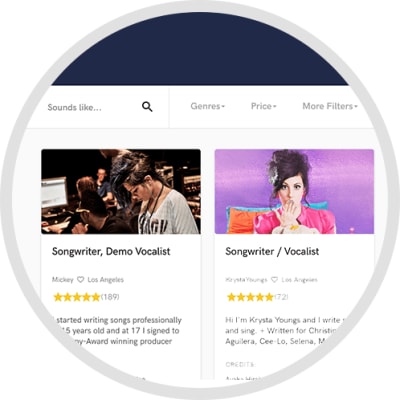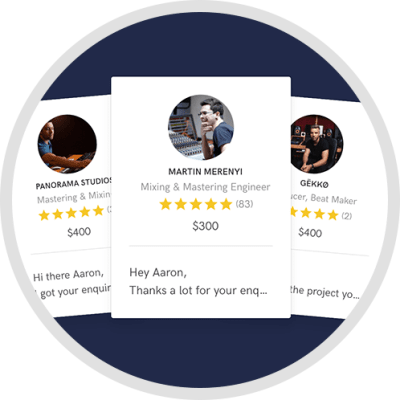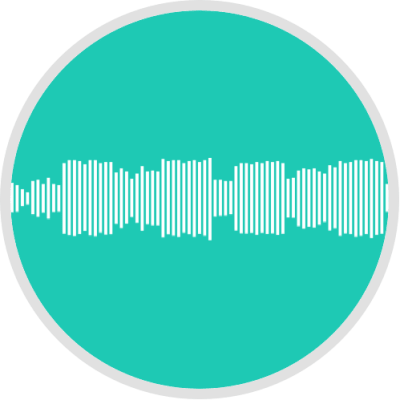
With an artistically rich background and over a decade of remote experience, I offer top-tier remote cello recordings from my acoustically treated studio in West London. I’ve recorded solos for acclaimed bands, feature films, documentaries, adverts, primetime TV dramas, and AAA games.
I’ve premiered works by notable figures such as Sir John Tavener (broadcast live on BBC Radio 3) and Lorne Balfe, where I had the honour to duet with the composer himself. I’ve Collaborated with an extensive roster of prominent film and media composers, producers and songwriters from across the world.
My performances have contributed to diverse productions from industry leaders such as EMI, Universal, BMG, and the BBC, as well as Channel 4, Sky, Creative Assembly, Warner Brothers, EA Games, and others.
Some of the Film and Media composers I have recorded for include Blake Robinson, Henry Lai, Ian Livingstone, Lindsay Wright, Matt Norman, Mark Petrie, Peter Nickalls, Philip Guyler, Robin Schlochtermeier, Romain Paillot, Sarah Warne, Segun Akinola, Shie Rozow, Stephen Barton and Gordy Haab.
On stage, I've performed at high-profile UK festivals - from Glastonbury and Green Man to Kendal Calling, London Jazz Festival at The Barbican, and the BBC Proms at the Victoria and Albert Museum. Globally, I've performed at prestigious venues including Sydney Opera House, Teatro Colon in Buenos Aires, NRJ in the Park in Munich and Rock in Roma in Italy, among others.
The cello is recorded in Cubase with an AKG C414 microphone through a Focusrite ISA pre-amp into an RME audio interface in an acoustically treated room.
Contact me through the green button above and let's get to work.
Credits
Endorse Matt Constantine1 Reviews
Interview with Matt Constantine
Q: Tell us about a project you worked on you are especially proud of and why. What was your role?
A: Mother India 21st Century Remix. I co-composed this project with DJ Tigersatyle and toured it across the world to much critical acclaim. Live I played the cello and keys and it was great to be part of such a fantastic project.
Q: What are you working on at the moment?
A: A multisample instrument, comprising cello articulation samples that are currently overlooked by the well known sample houses.
Q: Analog or digital and why?
A: Well the cello is analog, there's no real alternative to that and I use an analog preamp as I think you should get the best possible sound before you enter the box, but I use high quality RME AD converters to record digitally and the convenience of having the sound down on hard disk outweighs any benefits of tape.
Q: What's your 'promise' to your clients?
A: That I will get the sound that they want and deserve.
Q: What do you like most about your job?
A: Getting to play a wide variety of music and getting to play different music every day.
Q: If you were on a desert island and could take just 5 pieces of gear, what would they be?
A: Cello, ipad with tons of scores on, a mic, headphones and a chair.
Q: What was your career path? How long have you been doing this?
A: I've been remote recording for about 6 years. I also compose music for sync and remote recording for other composers and bands was a logical step when I already had the setup to do it.
Q: Which artist would you like to work with and why?
A: Olafur Arnalds - I love his strings.
Q: What type of music do you usually work on?
A: Library music, folk, minimalism and classical.
Q: What's your strongest skill?
A: A full bodied bread and butter sound to bring a tear to your eye.
Q: What do you bring to a song?
A: I bring my strong warm and emotional sound to a track. I can work from a score, Improvise or take a part from MIDI files.
Q: Tell us about your studio setup.
A: I use Cubase to record in my dedicated acoustically treated live room. The cello is close mic'ed by an AKG C414 which then goes through a Focusrite ISA Preamp and an RME audio interface. I can also record with electric cello when requested. I use a Yamaha electric and this is sent through a SansAmp preamp/DI into the Focusrite ISA Preamp.
Q: Describe the most common type of work you do for your clients.
A: Mainly it tends to be simple lines to add that cello emotion to a track. Sometimes it is adding a big solo to a sync track or occasionally doubling sampled string lines to give them an air of realism in the mix.



